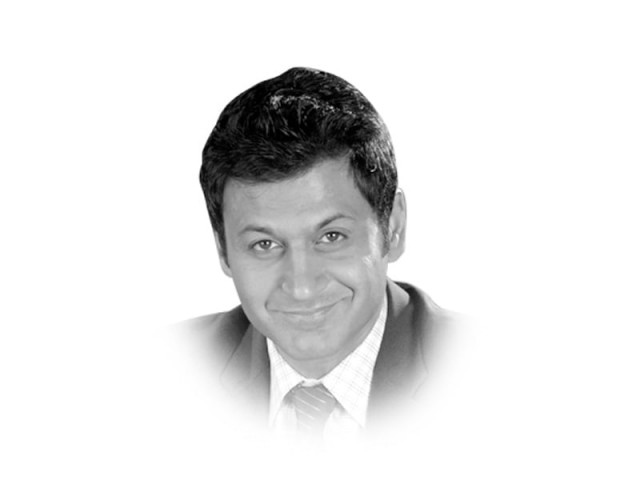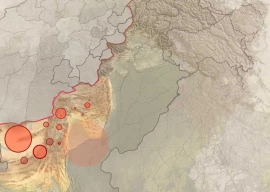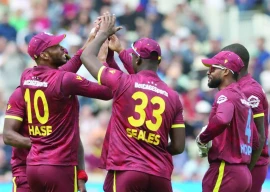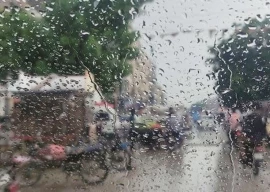
While I was learning to balance on my green Sohrab bike, the historic Islamic summit was taking place in Lahore; India was conducting its first nuclear test; US president Richard Nixon was resigning from office; Muhammad Ali was knocking out George Foreman in the ‘Rumble in the Jungle’ fight; Germany was lifting the FIFA World Cup; and Abba was winning the Eurovision music contest.
All this a mere 38 years ago. A long time. But not really.
Now let’s look forward. 38 years from now will be the year 2050. If I am still alive, I will be a very old man and 1974 — and my green Sohrab bike — would seem a lifetime ago. But in 2050, the year 2012 would be as recent as 1974 today.
What then is the connection?
In 1974, America’s was the largest economy in the world, followed by the Soviet Union, then Japan at number three, West Germany at four and France at five. China was the ninth-largest economy and India at number thirteen.
In 2050, the global research department of HSBC has made the following projections for the top economies of the world: China tops the list, followed by USA at second, India three, Japan at four, Germany at five and — here’s the interesting part — Pakistan thirtieth.
Here’s how the report explains: “There are two ways economies can grow; either add more people to the production line via growth in the working population, or make each individual more productive.” Then it mentions the ingredients for success: “Demographics — the size of your working population — along with the opportunities to flex that muscle help determine long-term economic trends.... Education opportunities, democratic governments or strong rule of law.”
So in 2050, the number one and number three economies of the world will have — among others — one thing in common: they will both share a border with Pakistan. We, therefore, are in an enviable position, and ideally placed to leverage this huge geographical bonanza.
Now let’s return to 2012. Political uncertainty blankets the country like a thick smog. The economy is in shambles. Human development indices are nose-diving and Millennium Development Goals are already beyond reach. Social sectors like education and health are groaning under the burden of criminal neglect while the population growth is outstripping GDP growth. And how concerned is the leadership?
Well, the Senate elections next month appear to be the ultimate high for the government. Then if all goes well (sic), we will have a politically-popular but economically-ruinous budget, followed possibly by general elections. A fractured coalition government will return, and we will be back to where we were.
There is a clear disconnect between 2012 and 2050 when it comes to Pakistani leadership. A disconnect borne of living for the moment and being a willing hostage to personal, familial and political vested interests. On paper, Pakistan is a lucky country and has all the ingredients to become a regional powerhouse by 2050. A youthful population offering the economic fruits of a demographic dividend, sufficient natural resources waiting to be exploited, a growing middle class unencumbered by the pitfalls of a backward and medieval feudal mindset, a rapid rate of urbanisation and endless possibilities to reap the advantage of proximity to the world’s largest and third-largest economies.
What more could any country want.
Well actually, a leadership with its head screwed on right. A leadership which realises Pakistan requires a strategic reorientation to leap forward and rise to its potential. A leadership which recognises we require peace with all our neighbours and by peace I don’t mean just an absence of war, but real peace which spurs free trade, social harmony and cultural cooperation.
There’s a brave new world waiting for us 38 years from now. It is there for us. But more so for our children, who today are learning how to ride that green Sohrab bicycle.
Thirty-eight years is a long time. But not really.
Published in The Express Tribune, February 5th, 2012.








1728386780-0/BeFunky-collage-(38)1728386780-0-270x192.webp)




COMMENTS
Comments are moderated and generally will be posted if they are on-topic and not abusive.
For more information, please see our Comments FAQ